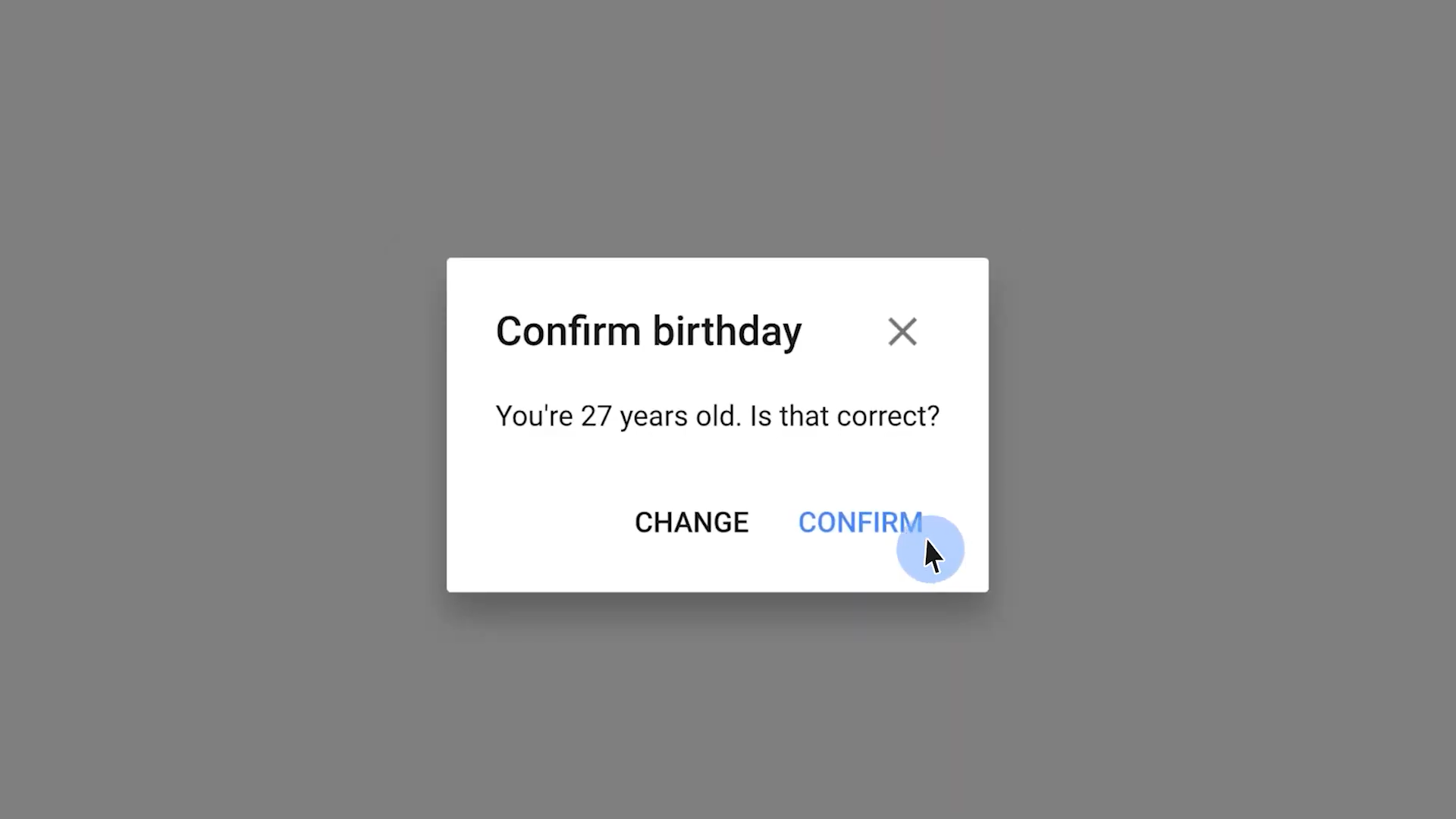Summary
- YouTube will raise the live-streaming age from 13 to 16 on July 22.
- Kids under 16 can only live-stream if supervised by adults.
- This change aims to enhance child safety online, but its effectiveness depends on stricter age verification.
For 20 years, YouTube has been a bastion of multimedia creativity for adults and children alike. From the early viral video days in 2005, to the relatively new YouTube Shorts feature, much has changed, but the requirement that its users be at least 13 years old to create an independent has stayed consistent. Over the years, YouTube has constantly asked its users to confirm their age due to hefty fines it has received for violating children’s safety guidelines. With more kids than ever growing up in the social digital age, many look to YouTube as a way to either enhance and hone in on their creativity. Some even start live-streaming as a way to either share their young ideas or to show off their gaming skills. In line with the account creation age requirement, YouTube live streamers only had to be 13 years old to use the service. That is set to change in just under one month.
Today, YouTube announced that it would raise the minimum age to live stream from 13 years old to 16 years old (via Android Authority). Creators who have live streams featuring anyone aged 13-15 that are not accompanied by an adult may have their live chat disabled, and the account may temporarily lose access to live chat or other features. Google notes that, in the future, it plans to take down live streams that do not follow this restriction, and the account as a whole may temporarily lose its ability to live stream. These restrictions will go into place on July 22.
The rules are quite simple, really
There are some wrinkles in these age restrictions that don’t stop at just having to be 16 years old or older. If you’re under 16 years old and would like to participate in live streams in an account that is owned by an adult, the owner of that account has to be present and in view at all times while the child is there. Additionally, Google says that adults who are okay with live-streaming with kids that are younger than 16 years old must have access to the child’s channel as an editor, manager, or owner. YouTube still requires the adult to be “visibly present and engage in the live stream” as much as the child does.
All in all, the basic rule to follow is that no children under 16 years old can appear on a stream without an adult also on the team.
This age jump represents a step forward for Google when it comes to keeping child safety at the forefront. For parents that have to constantly play whack-a-mole with their kids in today’s digital age, this move from YouTube makes allowing their children to become content creators — whatever that term actually means nowadays — a bit more comfort-inducing, but kids will be kids and find a way around things like Restricted Mode on the app. One of the biggest problems of the always-online world that we live in is that, even with restrictions like these in place, it’s extremely easy for people of any age to sign up for accounts by just lying about their age. Unless companies introduce stricter methods towards finding out their users’ ages, then the biggest hammer will have to come from governments suing and fining companies for being negligent.



